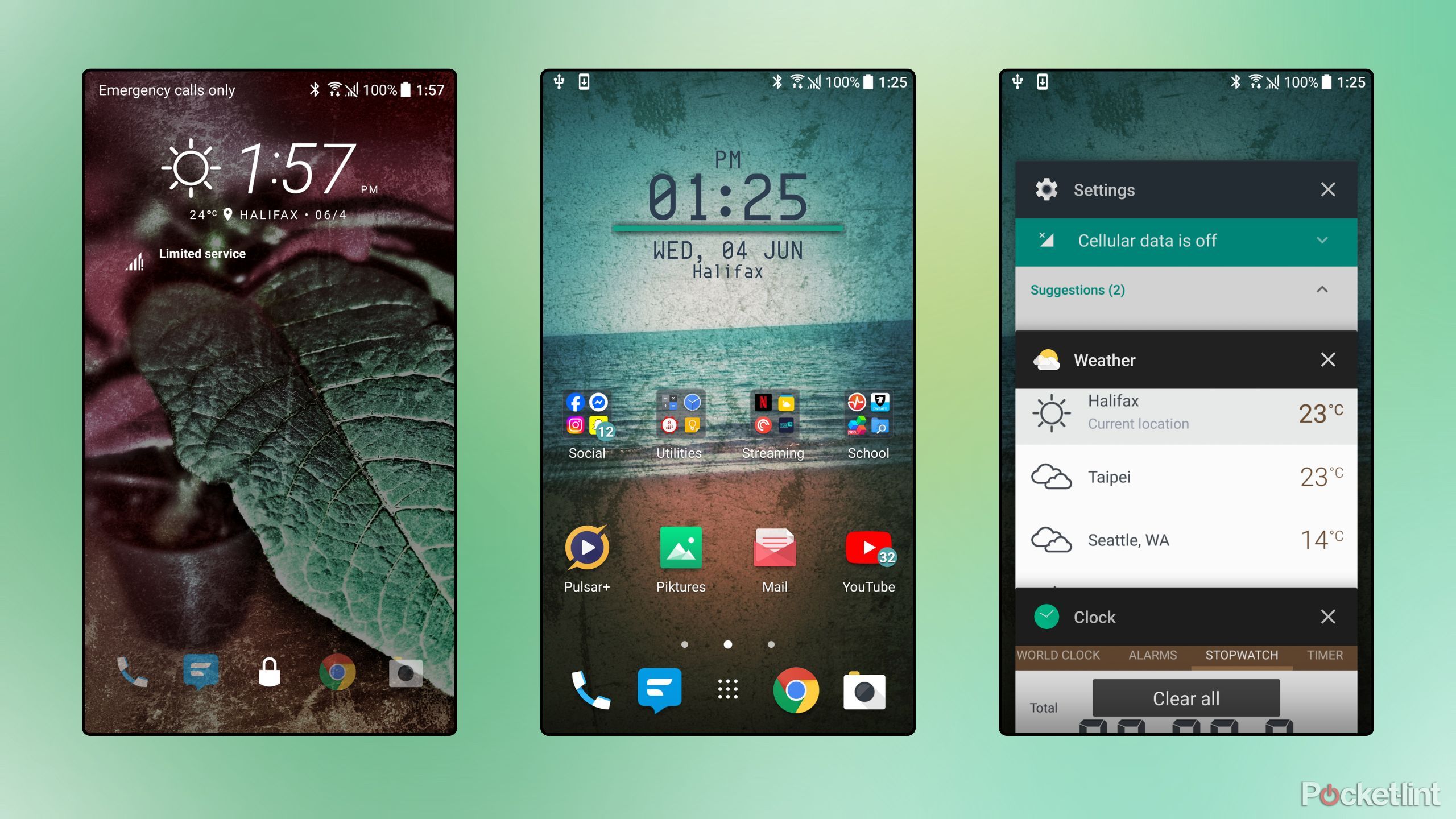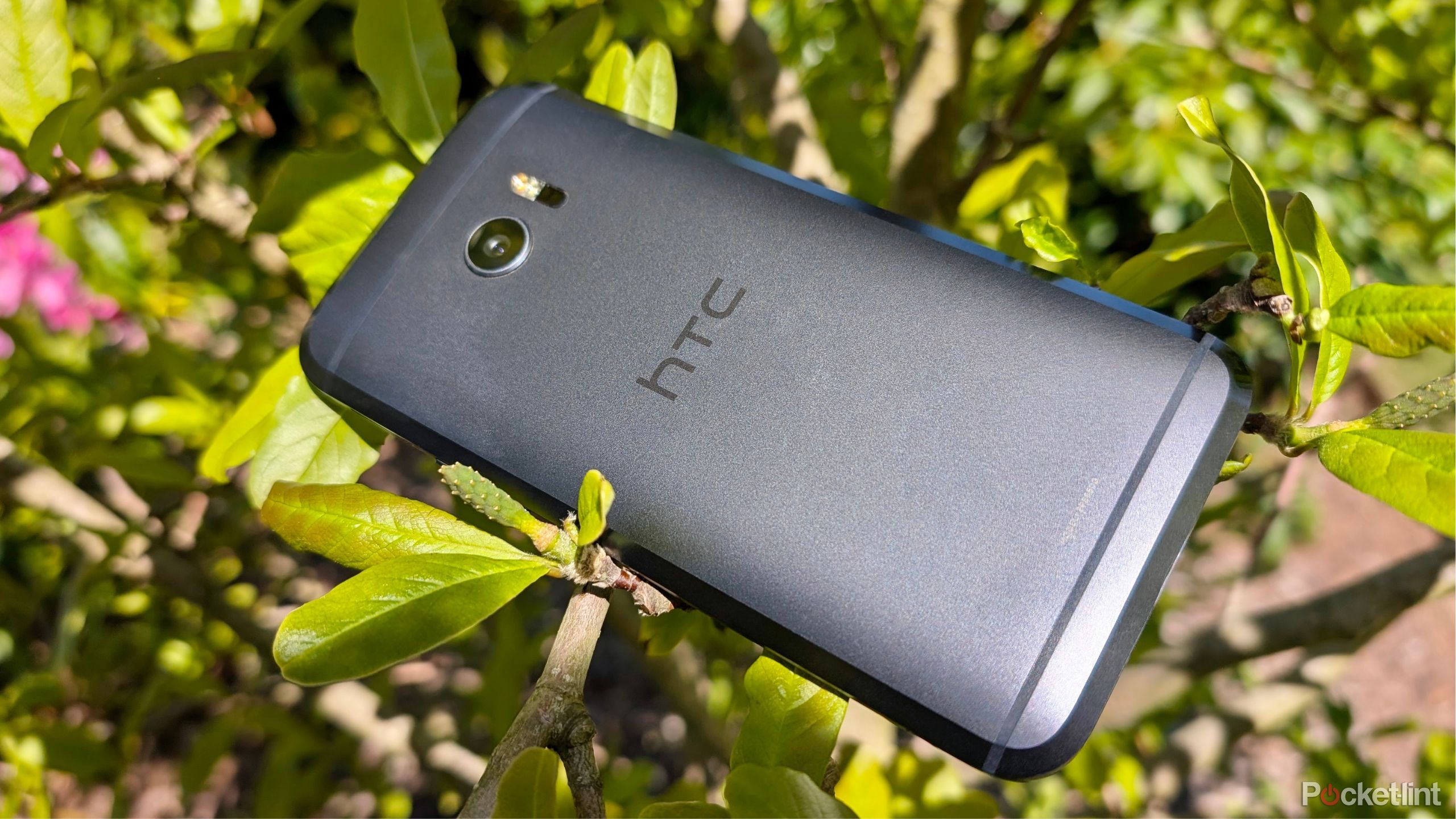Summary
- The HTC 10, which was released in 2016, remains my favorite smartphone of all time.
- The 10 is chock-full of design considerations that have since gone extinct in the mobile phone landscape.
- While HTC may not be the same company it once was, I’d love to one day see a modern reboot or spiritual successor to the HTC 10.
There are a number of excellent smartphones that have won over my heart throughout the years, but one handset in particular stands above the rest: the HTC 10 from 2016. Released onto the market as a premium flagship offering, the HTC 10 primarily duked it out with Samsung’s Galaxy S7, LG’s G5, and Apple’s iPhone 6S and iPhone 7 models. While these latter phones remain well-known to this day, HTC’s 10 has seemingly faded from the public consciousness, which I think is a shame.
In many ways, the HTC 10 can be best described as the penultimate HTC smartphone. While retaining much of the forward-thinking DNA of its legendary HTC One (m7) and One (m8) forebears, it vaulted the Taoyuan, Taiwan-based company back into the competitive spotlight after a lackluster predecessor in the HTC One (m9) the year prior.
With the 10, HTC came guns blazing: the phone included all the high-end specs available for the time, a refined software experience that respected the user, and an external hardware package that looks every bit as handsome today as it did nearly a decade ago. A lot has changed in the consumer electronics industry in the years since, and despite HTC’s retreat from the flagship device space, its 10 stands as a testament to timeless phone-making expertise.

- SoC
-
Qualcomm Snapdragon 820
- Display
-
5.2-inch 1440 x 2570 pixel resolution Super LCD 5
- RAM
-
4GB
- Storage
-
32GB, 64GB
- Operating System
-
Android 6.0.1 (Marshmallow) with HTC Sense
The 10 is HTC’s flagship smartphone for 2016, competing directly with Samsung’s Galaxy S7 within the Android space.
They don’t make smartphones like they used to
The HTC 10 is everything the modern phone industry isn’t
When picking up the HTC 10 in 2025, it’s immediately apparent that the product is a relic of a bygone era. That’s not to say the phone feels antiquated — to the contrary, it evokes a sense of modernism despite its chunky bezels, its physical navigation keys, and its single rear-facing camera module. Externally, the 10 holds up beautifully. Its rounded, unibody metal build, its weighted mass, and its distinctive beveled edge all come together in a satisfying way that makes the device look and feel incredibly luxurious.
Philosophically, the HTC 10 is the literal antithesis of modern high-end phone design. Aside from the obvious lack of a glass rear panel, the phone offers now-extinct niceties like a microSD card slot, a notification LED blinker, a high-quality headphone jack with custom DAC and amplifier tech, a selfie camera with optical image stabilization, and a capacitive fingerprint sensor. I appreciate the smaller size of the device (its 5.2-inch screen seemed big for the time, but feels compact in retrospect), and the clicky, ribbed power button is still the most satisfying button I’ve ever pressed on a phone.
Philosophically, the HTC 10 is the literal antithesis of modern high-end phone design.
That’s not to say that the 10 was perfect: for its time, the device lacked a few features that were becoming increasingly commonplace among competing flagships. This includes a more robust IP water and dust resistance rating, an always-on OLED display, and Qi wireless charging. On the other hand, the 10 offered speedier 5 Gbps USB-C transfer speeds, more efficient Qualcomm Quick Charge 3.0 charging tech, and stereo speakers before these all became standard industry fare.
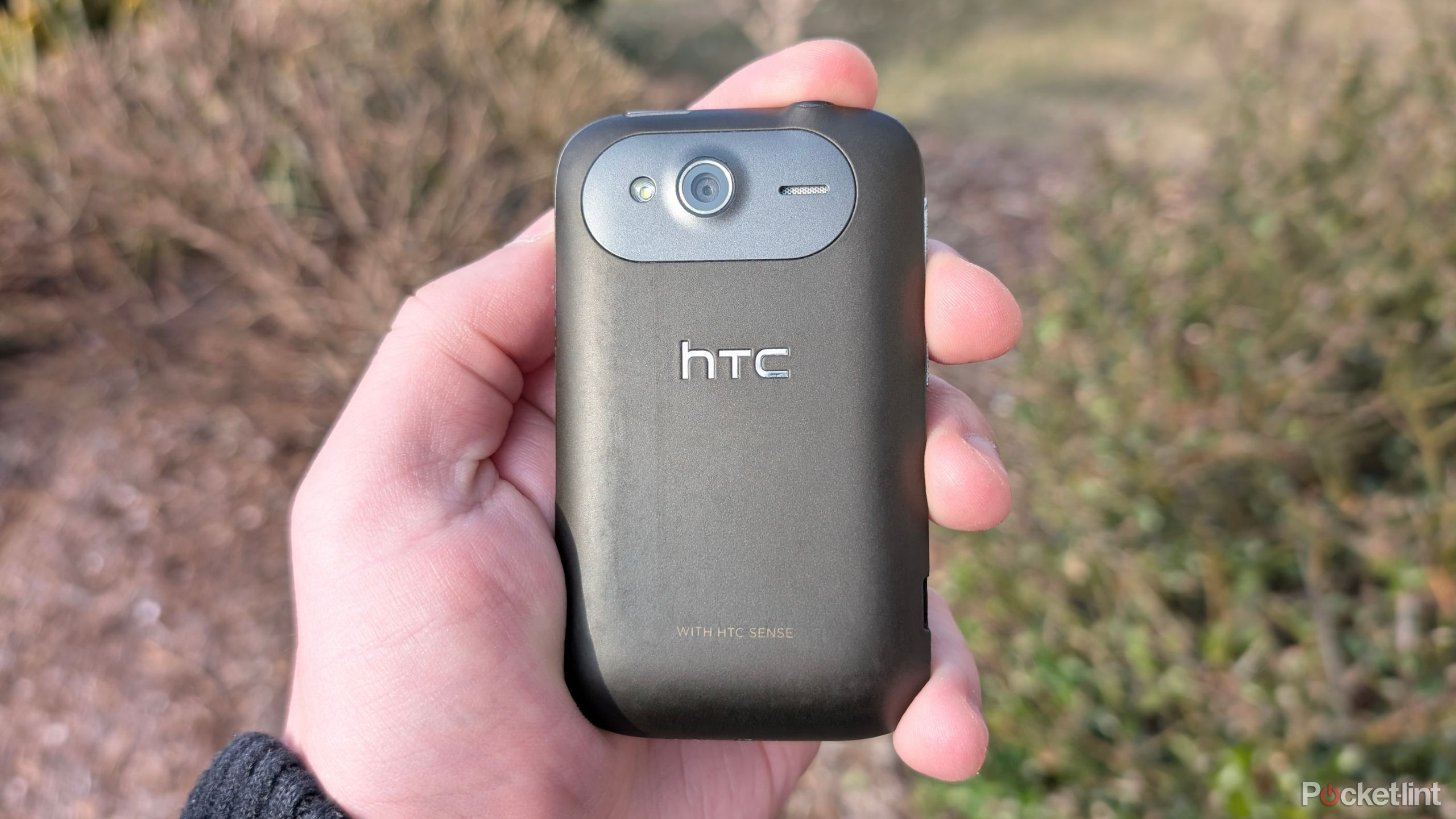
Related
Here’s what it’s like using my very first smartphone 14 years later
I booted up my very first smartphone, the 2011 HTC Wildfire S, and took it for a spin in 2025 – here’s what my experience was like.
HTC Sense was the best skin in the game
At the time, it made Sense to supplement the Android experience with an overlay
In its heyday, HTC’s Sense overlay atop of Android was best-in-class. ‘Stock’ Android from Google was still rough around the edges, and competing software skins from Samsung and LG were bloated without paying mind to the overarching user experience. Sense was different — it was attractive and yet restrained, it avoided the pitfall of app and service duplication we still see on contemporary phones to this day, and it added in thoughtful additions like screen-tapping gestures, the BlinkFeed news curator, and an Extreme Power Saving Mode.
The HTC 10 launched with Android 6.0.1 Marshmallow out of the box, and it was supported through Android 8.0 Oreo. Its Sense UI remains pleasing to this day, though its appearance has naturally fallen out of visual fashion as time has marched onward. Other Android phone makers have since stepped up their software game quite considerably, but in my opinion, only Google’s Pixel UX comes close to matching the interface craftsmanship of 2016-era HTC Sense.
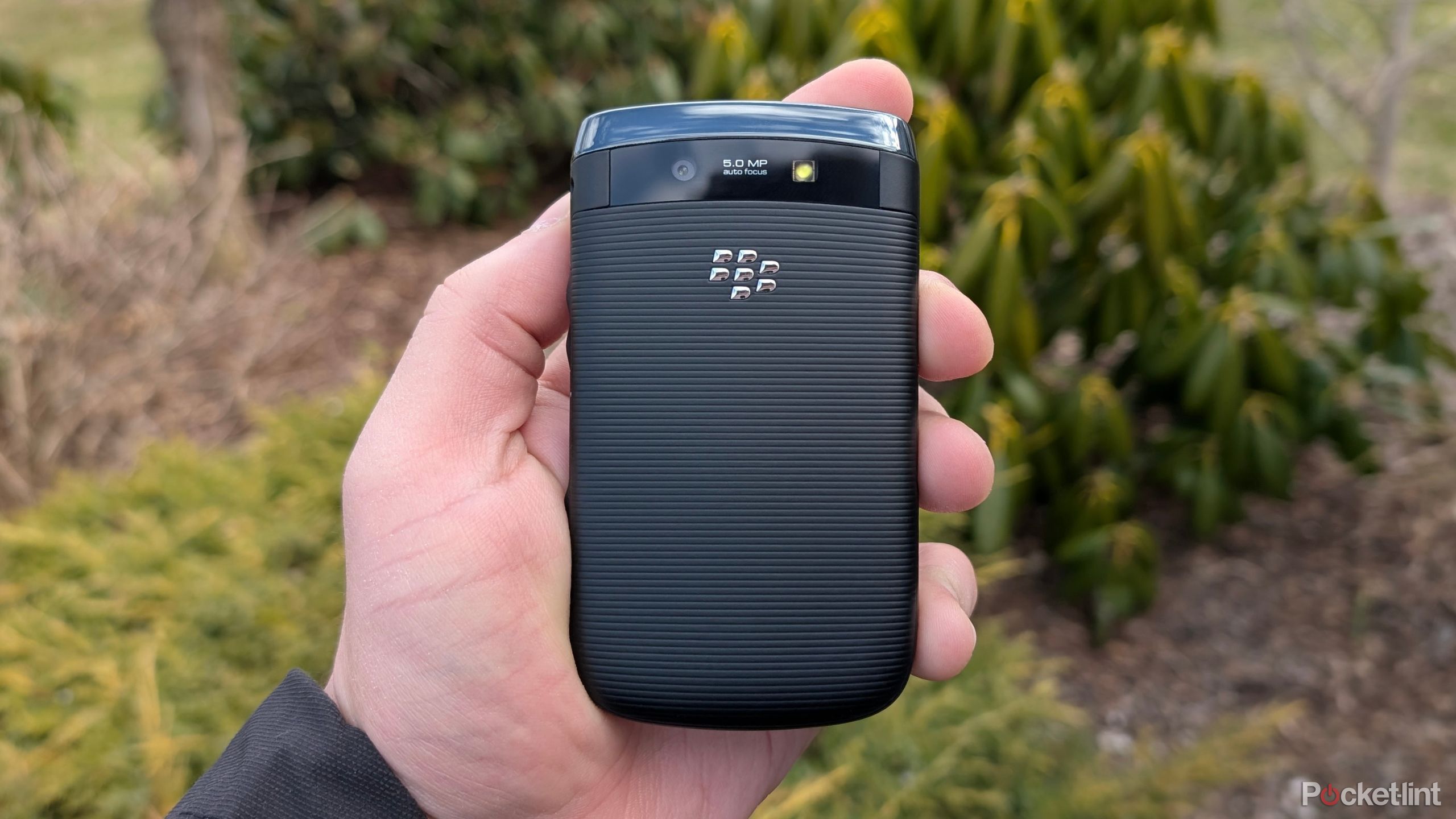
Related
I used a retro slider phone for a week, and the learning curve was steep
The BlackBerry Torch is one of the most iconic slider-style smartphones of all time – here’s what it’s like using the device in the year 2025.
The HTC 10 is the pinnacle of pre-modern phone design
HTC’s ‘Quietly Brilliant’ design ethos was once an unrivaled force
At a time when Samsung, LG, and others were trekking in one direction, HTC was doubling down on the basics with the 10. The phone mastered all the essentials, and it provided an end-user experience that I think back on fondly. I miss the days of solid, industrial-feeling metal phones, and I miss the days of microSD cards and high-quality headphone jacks, too.
HTC went on to release the U11 in 2017, followed by the U12 Ultra the year after. These devices, which would end up being the final flagship HTC offerings on a competitive scale, would succumb to various industry pressures. These U-series products would remove the headphone jack, axe the metal unibody, and lean into gimmicky additions like a squeezable frame and a long-forgotten AI Sense Companion feature.
HTC has an opportunity to make metal, wired audio, expandable storage, and even its Sense overlay cool again.
Much of HTC’s phone-making talent was bought out by Google in 2017, making the modern Pixel series a sort of successor line to some degree. Early Pixels, including the first-generation model, were in fact built by HTC. Even with its reduced industry prominence in 2025, I’d love to see a true spiritual successor to the 10 make its way onto store shelves. In a sea of bezel-less glass sandwiches, HTC has an opportunity to make metal, wired audio, expandable storage, and even its Sense overlay cool again. While you’re at it, why not bring back the HTC One’s iconic front-firing speakers, too, HTC?
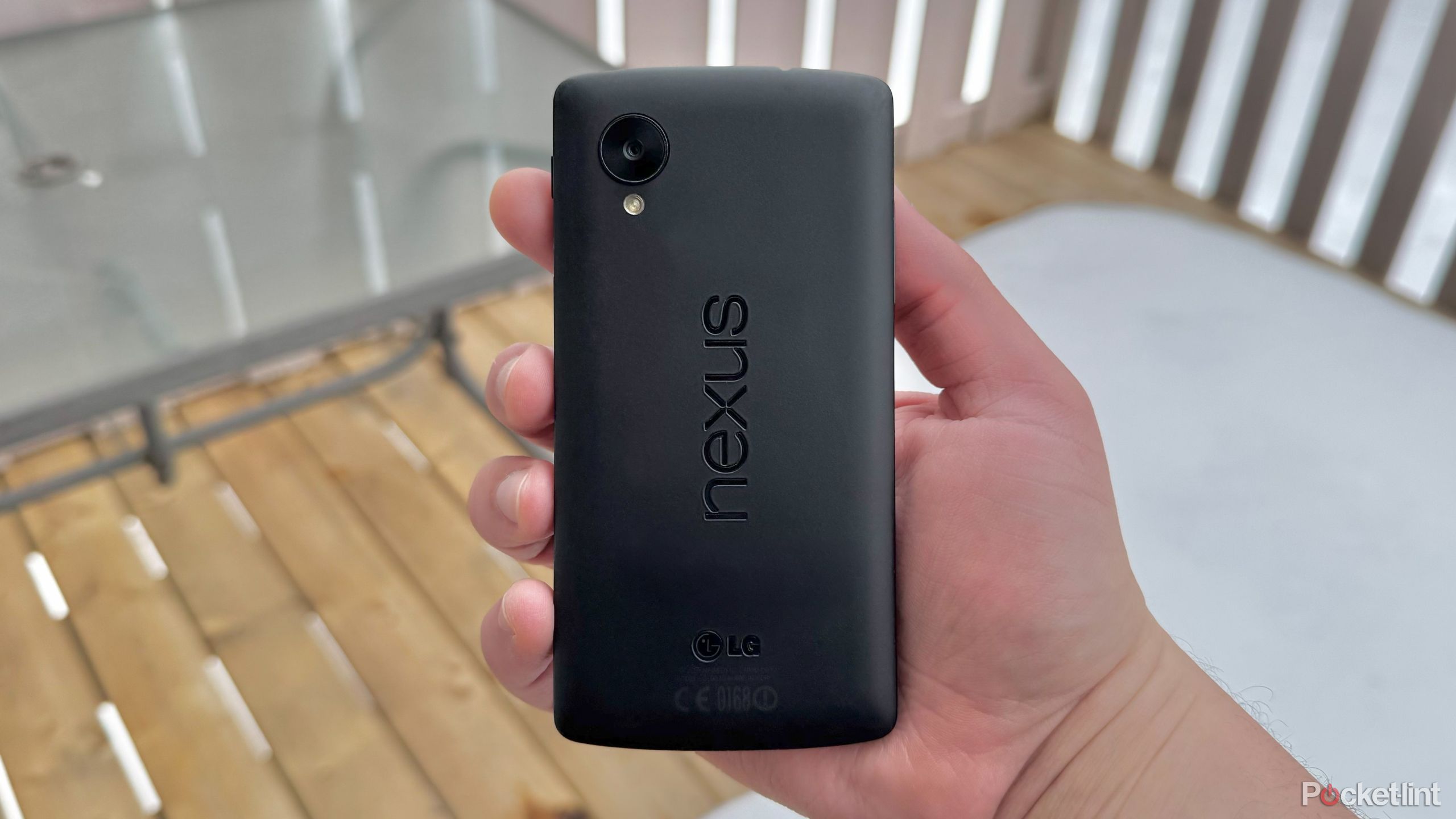
Related
Remember when Google’s Nexus 5 turned the Android world on its head?
Back in 2013, Google teamed up with LG to release the Nexus 5 — the phone would briefly go on to set the Android world ablaze.

